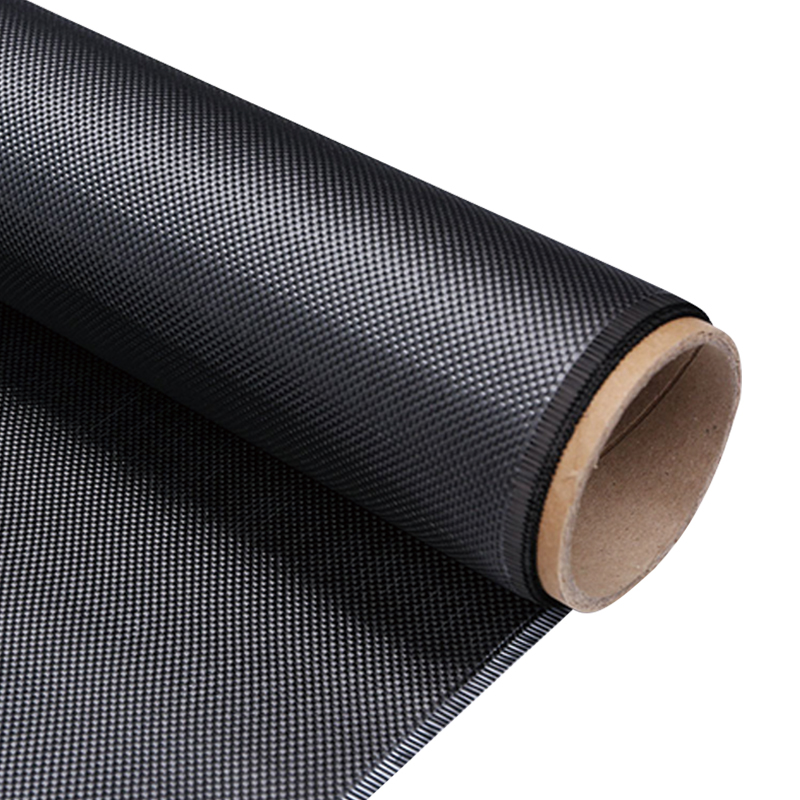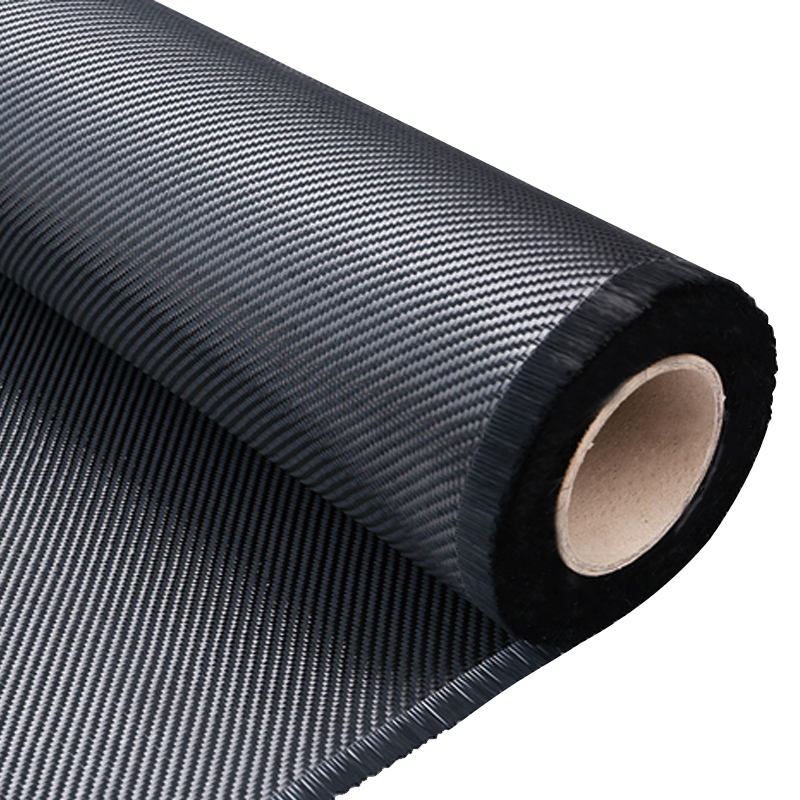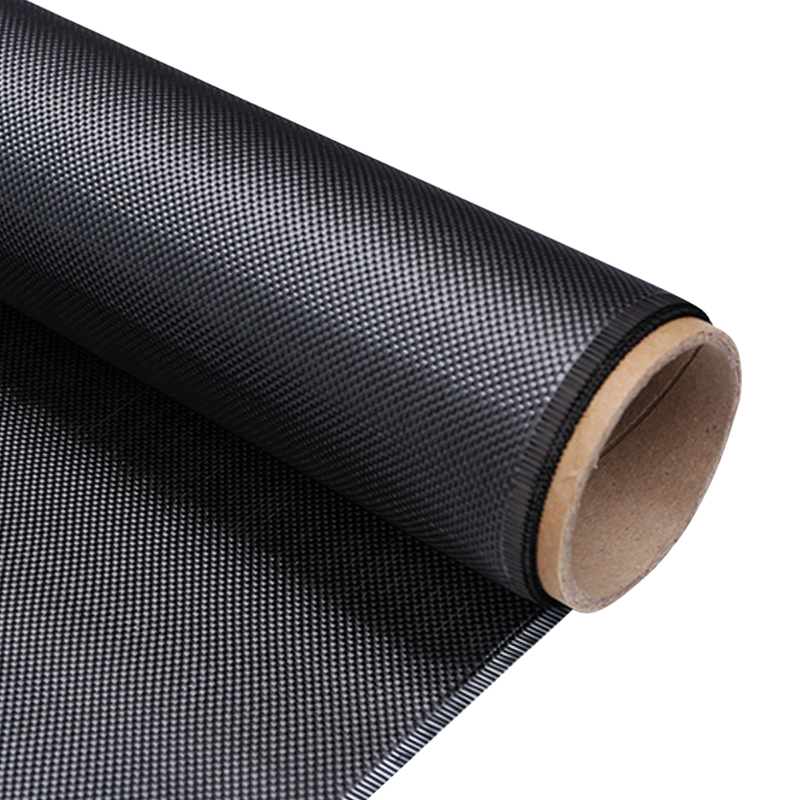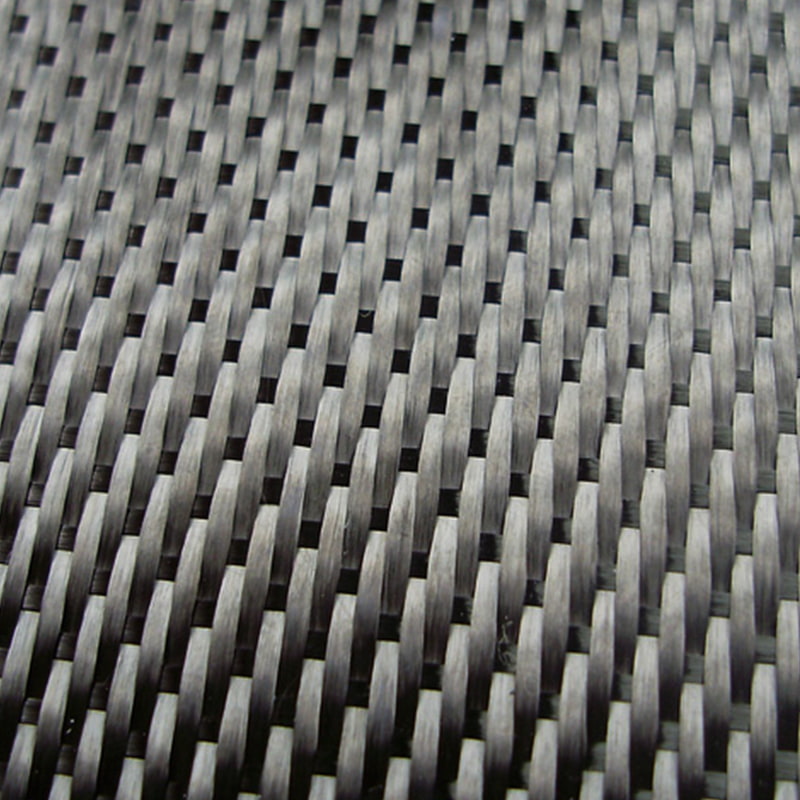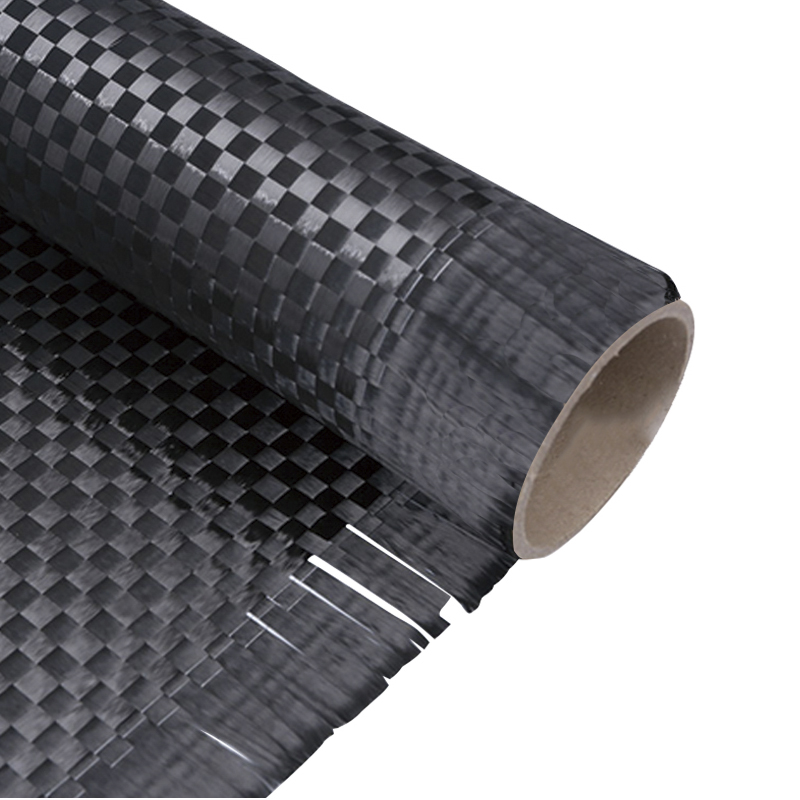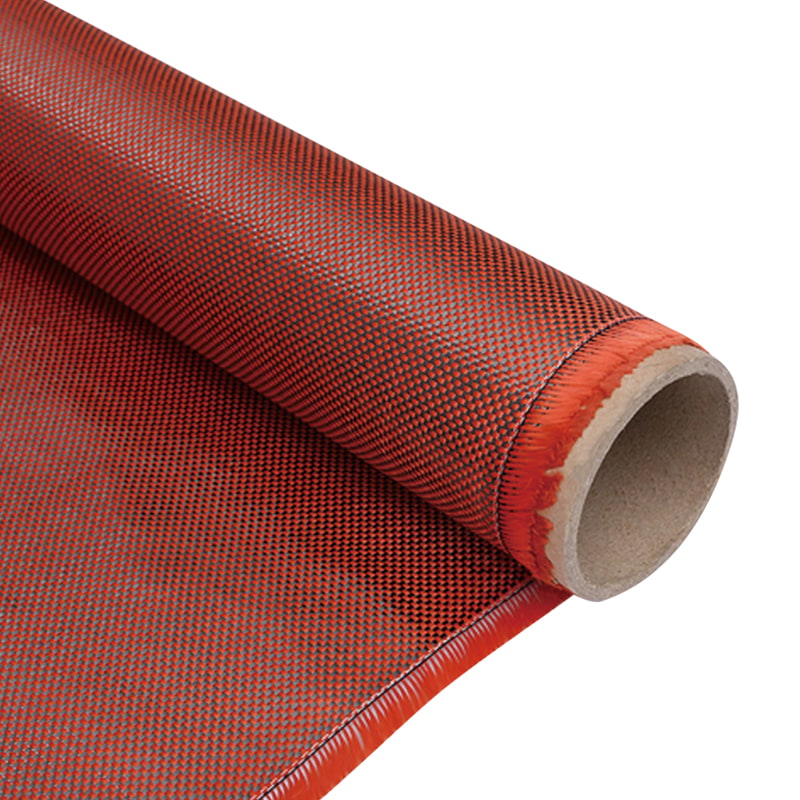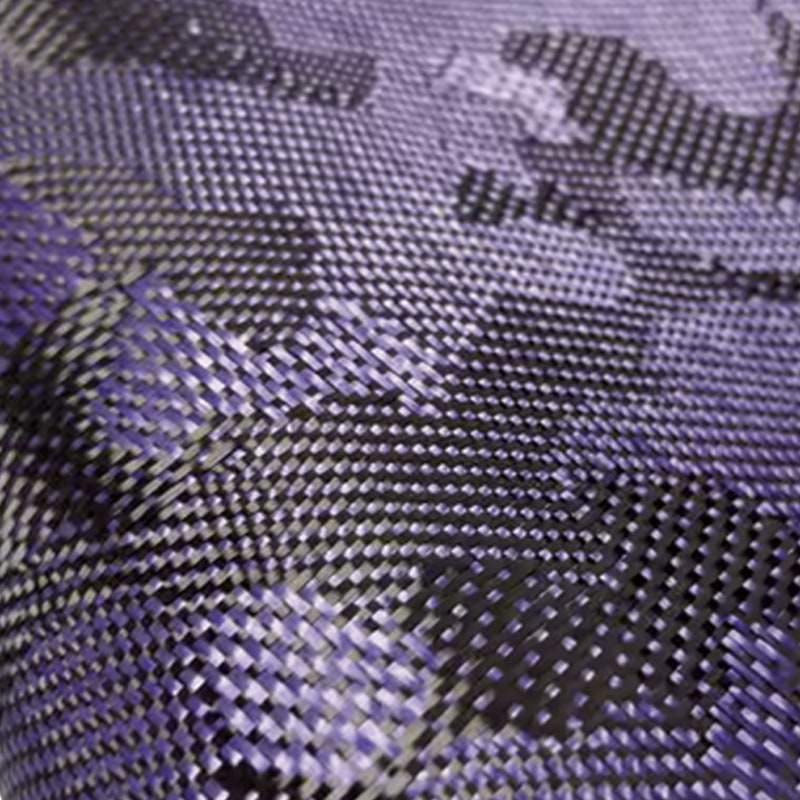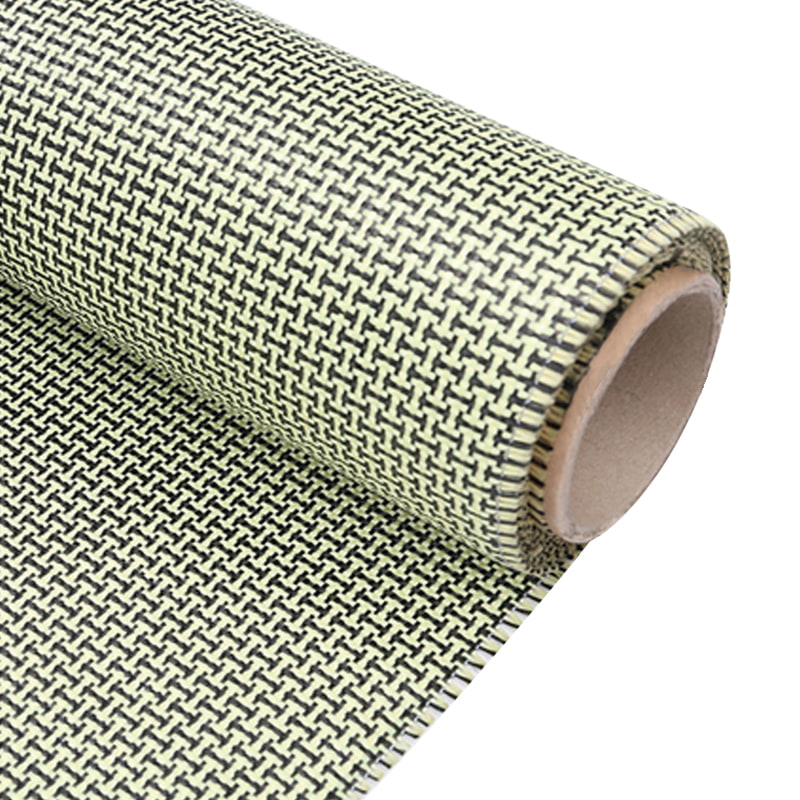- 1 Understanding Carbon Fiber Woven Fabric
- 2 Carbon fiber fabric weight and thickness guide for Different Applications
- 3 Best weave patterns for carbon fiber strength and Performance
- 4 How to choose carbon fiber fabric for composites: A Comprehensive Approach
- 5 Carbon fiber fabric vs fiberglass: Material Comparison
- 6 DIY projects with carbon fiber fabric: Practical Applications
Understanding Carbon Fiber Woven Fabric
Carbon fiber woven fabric represents a revolutionary material in modern engineering and manufacturing. This advanced composite material combines the strength of carbon fibers with the flexibility of woven textiles, creating a versatile solution for numerous industries. Unlike traditional materials, carbon fiber woven fabric offers an exceptional strength-to-weight ratio that makes it indispensable in applications where lightweight durability is crucial.
1k/3k/12k Carbon Fiber Plain Weave Fabric
What Makes Carbon Fiber Woven Fabric Unique?
The manufacturing process of carbon fiber woven fabric begins with carbon fibers, which are produced through the controlled pyrolysis of precursor materials such as polyacrylonitrile (PAN) or pitch. These fibers are then woven together using various patterns to create fabrics with different mechanical properties. The weaving process allows for precise control over the fabric's characteristics, enabling engineers to tailor materials for specific applications.
Key Characteristics:
- Exceptional tensile strength surpassing most metals
- Lightweight properties (about 70% lighter than steel)
- High stiffness and dimensional stability
- Excellent resistance to corrosion and chemical degradation
- Low thermal expansion coefficient
- Electrical conductivity properties
Carbon fiber fabric weight and thickness guide for Different Applications
Selecting the appropriate weight and thickness of carbon fiber woven fabric is crucial for achieving optimal performance in any application. The weight typically refers to the areal density measured in grams per square meter (gsm), while thickness is usually measured in millimeters. These parameters directly affect the fabric's mechanical properties and suitability for specific uses.
Standard Weight Classifications
Carbon fiber woven fabrics are available in several standard weight categories, each suited for different applications:
| Weight (gsm) | Thickness (mm) | Typical Applications |
|---|---|---|
| 80-100 | 0.08-0.10 | Lightweight sporting goods, drone components |
| 150-200 | 0.15-0.20 | Automotive panels, bicycle frames |
| 300-400 | 0.30-0.40 | Aerospace components, structural reinforcements |
| 500+ | 0.50+ | Industrial applications, high-load structures |
Choosing the Right Weight
When selecting fabric weight, consider these factors:
- Structural requirements of the final product
- Desired flexibility or rigidity
- Number of layers to be used in the laminate
- Resin absorption characteristics
- Manufacturing process constraints
Best weave patterns for carbon fiber strength and Performance
The weave pattern of carbon fiber fabric significantly impacts its mechanical properties and aesthetic appearance. Different weave patterns offer varying balances between strength, flexibility, and drapeability. Understanding these patterns is essential for selecting the optimal fabric for any application.
Common Weave Patterns Compared
| Weave Type | Strength Characteristics | Drapeability | Common Uses |
|---|---|---|---|
| Plain Weave | Balanced strength in both directions | Moderate | Structural components, automotive parts |
| Twill Weave | Excellent shear resistance | High | Complex shapes, consumer products |
| Satin Weave | Highest strength in primary direction | Very High | Aerospace components, high-performance applications |
| Unidirectional | Maximum strength in one direction | Low | Structural reinforcements, pressure vessels |
Advanced Weave Technologies
Recent advancements in weaving technology have led to the development of specialized patterns:
- Hybrid weaves combining different fiber orientations
- Three-dimensional weaves for through-thickness reinforcement
- Angle-interlock weaves for improved impact resistance
- Multiaxial fabrics for complex stress distributions
How to choose carbon fiber fabric for composites: A Comprehensive Approach
Selecting the right carbon fiber fabric for composite applications requires careful consideration of multiple factors. The ideal choice depends on the specific requirements of the project, including mechanical demands, manufacturing processes, and environmental conditions.
Key Selection Criteria
When evaluating carbon fiber woven fabrics for composite applications, consider these essential factors:
Mechanical Requirements
- Tensile strength needs in different directions
- Flexural modulus requirements
- Impact resistance specifications
- Fatigue life expectations
Manufacturing Considerations
- Compatibility with resin systems (epoxy, polyester, etc.)
- Suitability for specific processes (prepreg, wet layup, infusion)
- Drapeability for complex molds
- Cure temperature requirements
Carbon fiber fabric vs fiberglass: Material Comparison
The choice between carbon fiber and fiberglass fabrics is a common consideration in composite material selection. While both materials offer distinct advantages, understanding their differences is crucial for making informed decisions.
Performance Comparison
| Property | Carbon Fiber Fabric | Fiberglass Fabric |
|---|---|---|
| Tensile Strength | Very High (500-700 ksi) | Moderate (300-500 ksi) |
| Stiffness | Extremely High (33-36 msi) | Moderate (10-12 msi) |
| Weight | Very Light (1.6 g/cm³) | Light (2.5 g/cm³) |
| Cost | High | Low |
| Electrical Conductivity | Conductive | Insulating |
Application-Specific Recommendations
The choice between these materials often comes down to specific application requirements:
- Carbon fiber is preferable for high-performance applications where weight savings and stiffness are critical
- Fiberglass may be more suitable for applications requiring electrical insulation or where cost is a primary concern
- Hybrid solutions combining both materials can offer balanced performance characteristics
DIY projects with carbon fiber fabric: Practical Applications
The versatility of carbon fiber woven fabric makes it an excellent material for various do-it-yourself projects. From automotive modifications to custom sporting equipment, the possibilities are nearly endless for creative makers and hobbyists.
Popular DIY Applications
Enthusiasts have successfully used carbon fiber woven fabric for numerous projects:
Automotive Enhancements
- Custom interior trim components
- Lightweight body panels
- Reinforcement for structural elements
- Aesthetic exterior accents
Sporting Goods
- Custom bicycle frames and components
- Reinforced skateboards and longboards
- Lightweight fishing rods
- Archery equipment enhancements
Working with Carbon Fiber: Safety Considerations
While working with carbon fiber woven fabric offers exciting possibilities, it's essential to observe proper safety precautions:
- Always work in well-ventilated areas when using resins
- Wear appropriate personal protective equipment (gloves, respirators)
- Handle raw carbon fiber carefully to avoid skin irritation
- Dispose of waste materials properly
- Be aware of potential electrical conductivity issues in finished products
 English
English  中文简体
中文简体 عربى
عربى Tiếng Việt
Tiếng Việt

